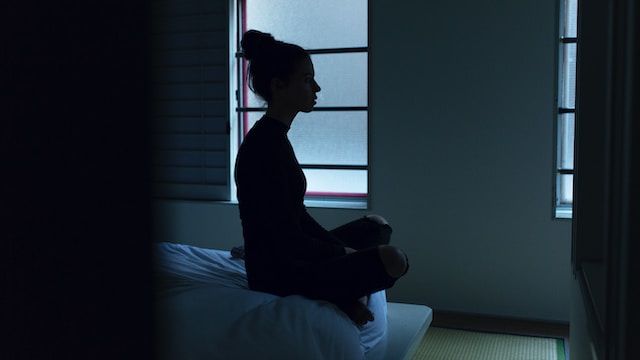Recent data indicates a significant increase in persistent feelings of sadness and hopelessness among teenage girls. These challenges can have far-reaching consequences, affecting not only academic performance but also the overall quality of life for young girls. Persistent feelings of sadness and hopelessness can hinder their academic performance, leading to a decline in grades and educational engagement. Additionally, these challenges can strain relationships with friends and family, isolating them at a time when social connections are crucial for development. Emotional distress may also manifest in physical health issues, such as sleep disturbances or changes in appetite. Furthermore, untreated mental health issues during adolescence can increase the risk of long-term mental health disorders in adulthood. As teenagers spend most of their time at school, schools must provide resources and support for the mental health of teenage girls.
New Data on the Mental Health of Teenage Girls
New CDC data, presented in a recent press release, demonstrates the urgent need for schools to monitor and support the mental health of teenage girls. The CDC’s latest data, based on the 2021 Youth Risk Behavior Survey (YRBS), indicates a concerning rise in mental health challenges among U.S. teenagers. According to the CDC, 57% of teen girls experience persistent sadness or hopelessness, double that of boys. This marks a nearly 60% increase over the past decade. Teen girls also faced higher levels of violence and suicidal thoughts and behaviors as compared to boys. The study showed distress was particularly high among LGBTQ+ teens. LGBTQ+ students reported poor mental health (52%) and a high suicide attempt rate (22%). In the press release, the CDC called for support in schools, emphasizing the importance of evidence-based programs to help teenagers cope, hope, and thrive amid growing challenges in their lives.
Technology Helps Schools Support Mental Health
The CDC’s alarming data shows just how vital it is that schools support student mental health, particularly that of teenage girls. The CDC notes that students experiencing suicidal ideation can call the 988 Suicide & Crisis Lifeline. Teachers and administrators worried about a particular student can find help by calling or texting 988 too. Screen monitoring software also helps schools to monitor and support student welfare. Programs like Learnsafe can detect mentions of depression, suicidal ideation, and self-harm on school computers. This kind of monitoring allows schools to provide individual students with the help they need. In one particular incident, LearnSafe’s Digital Safety Representatives detected a student expressing an intention to harm themself. The representatives notified the school safety team, and they provided this student with the help they needed. Also, LearnSafe now offers tele-health services to help schools help students. With LearnSafe, schools can protect their students’ mental health – and even save lives.


